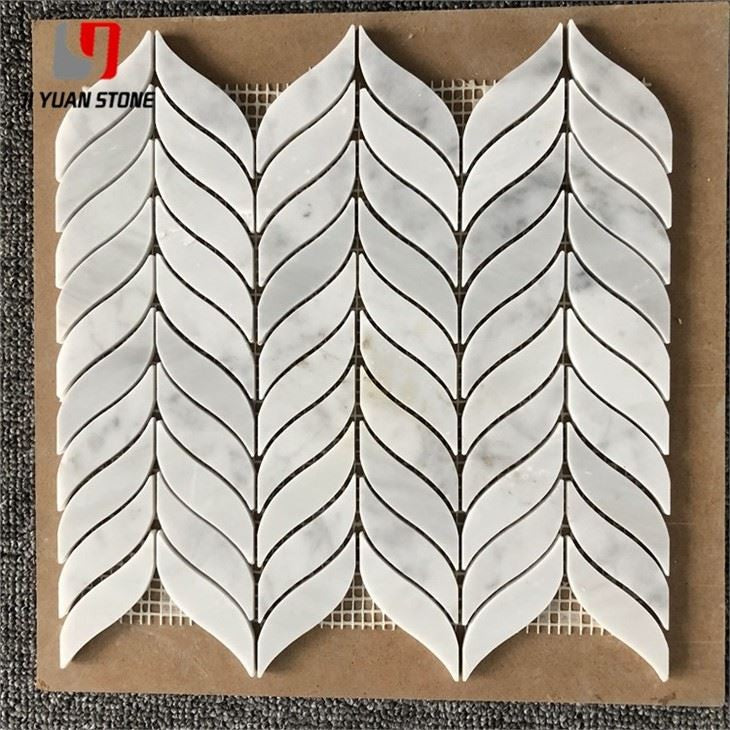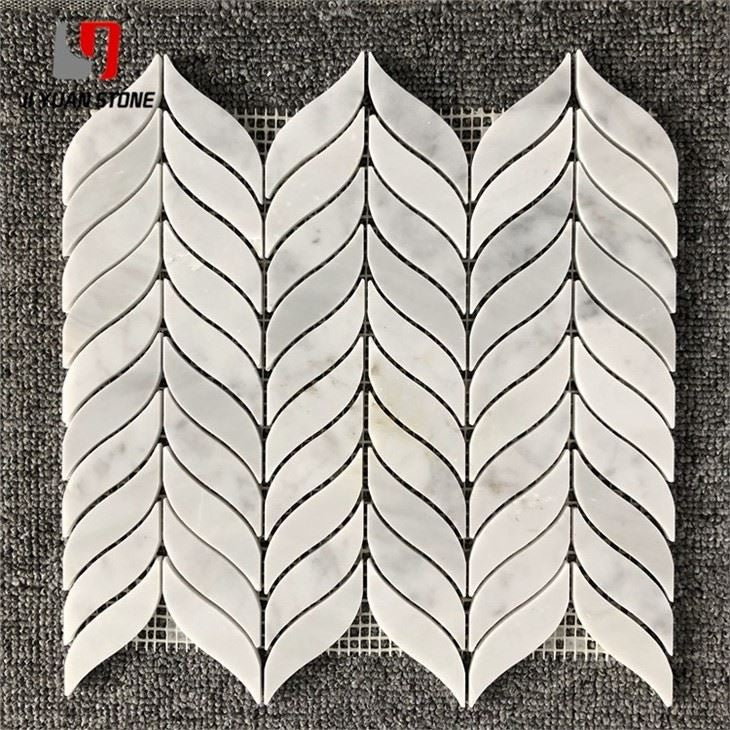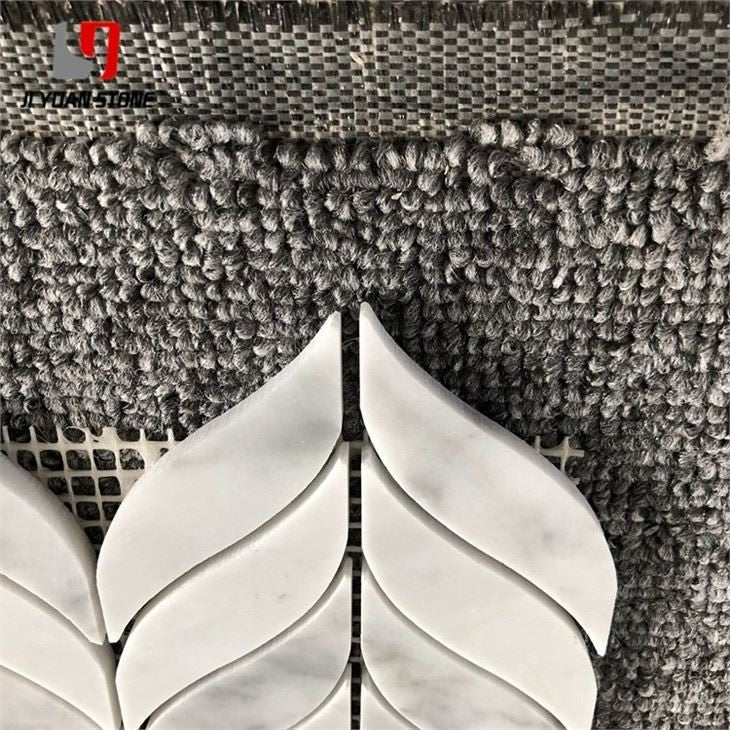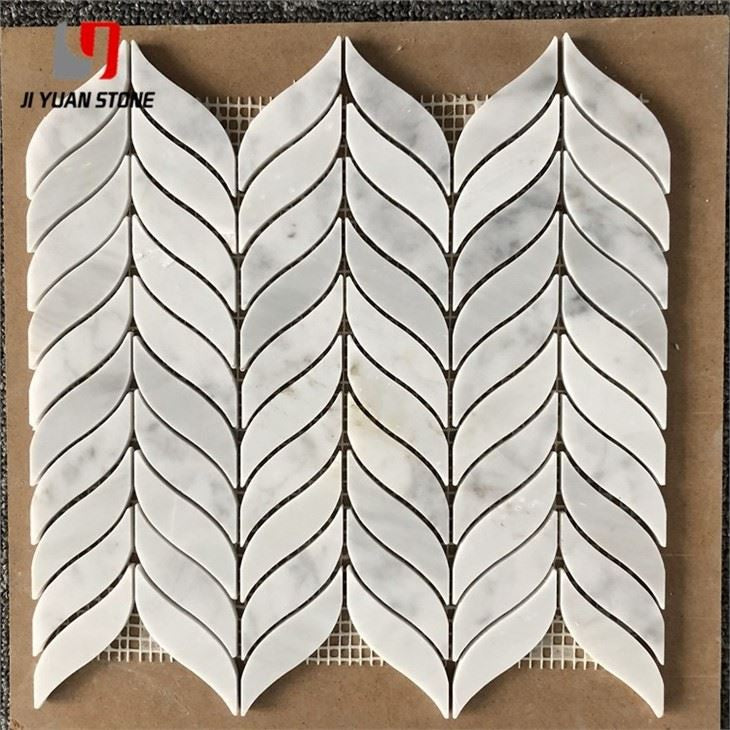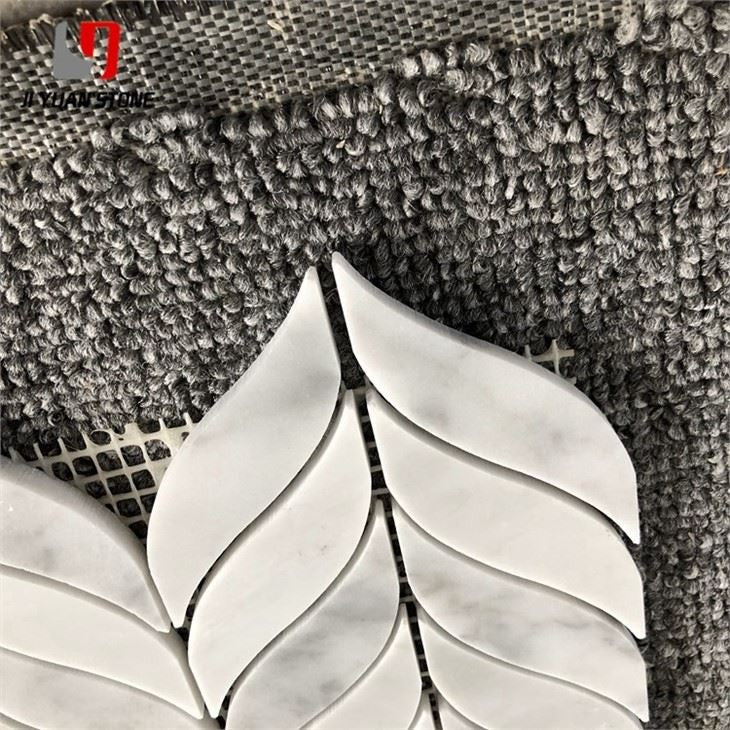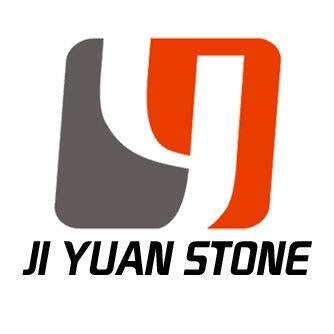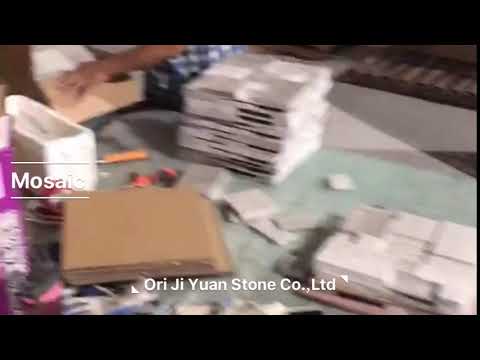Basket Weave Marble Mosaic Tile
Basket Weave Marble Mosaic Tile
Elevate your space with our Basket Weave Marble Mosaic Tile. The intricate basket weave pattern adds a touch of sophistication to any room. Made with premium marble, this tile is durable and long-lasting, providing a timeless and elegant look. Perfect for both traditional and modern designs.
| Feature | Details |
|---|---|
| Material | Natural Marble Stone,Travertine,Limestone |
| Colour | As pictures show or customized |
| Shape | Square, Basketweave, Mini brick, Modern brick, Herringbone, Subway, Hexagon, Octagon, Mixed, Grand fan, Penny round, Hand clipped, Tesserae, Random strip, River rocks, 3D cambered, Pinwheel, Rhomboid, Bubble round, Circle bubble, Stacked, etc... |
| MOQ | Unrestricted |
| Sheet Size | 279x295mm , All sizes can be customized |
| Chip Size | 48mm |
| Material | Natural Marble |
| Surface Finishing | Polished / Honed |
Historical Significance and Evolution of Basket Weave Marble Mosaic Tile
Ancient Roman Influence
By the time of ancient Rome, basket weave marble mosaic tiles had become an integral part of architectural decoration. Walls, floors, columns, countertops, furniture, and public buildings were adorned with intricate mosaic patterns.
The opulence of the Roman era can be seen in historical depictions, such as in the blockbuster film Gladiator, showcasing the wealth and grandeur of Roman architecture. Roman columns, temple buildings, arches, sculptures, and mosaic decorations reflected an incredible level of luxury and artistic craftsmanship.
Even in modern architectural art, Roman architectural influences are evident. Notable examples in China include:
- The Bund in Shanghai
- Minxiang Dongjiao in Beijing
- Shamian in Guangzhou
- Wanguo Village in Qingdao
- Xiaoyanglou in Dalian
- Xiyanglou Street in Harbin
- Riverside in Wuhan
Mosaics remain a defining feature of these architectural marvels. The HSBC Building and the Post Office Building on the Bund in Shanghai preserve classic mosaic paintings and decorations. A world-renowned example is the Kuomintang party emblem on the vaulted top of Sun Yat-sen's mausoleum in Nanjing Zhongshan Mausoleum, crafted from precious basket weave marble mosaic tiles.
Modern Innovations in Mosaic Materials
Today, a wide variety of materials can be used for mosaic art, offering greater flexibility and creativity in design.
Traditional & Non-Traditional Materials
Mosaic craftsmanship has evolved from using marble, small pebbles, glass bricks, pottery, porcelain, and enamel to incorporating everyday objects like:
- Buttons
- Tableware
- Stationery
With advancements in industrial technology, new materials such as gold and silver-infused glass-like inlays are now mass-produced, expanding the artistic possibilities of mosaic decoration.
Mosaic in Modern Art & Decoration
In the 1950s, the resurgence of Byzantine mosaics inspired the art world, leading to a renewed appreciation for this historic decorative technique. With the introduction of fiberglass and plastic, mosaics became even more versatile.
Today, basket weave marble mosaic tiles are highly valued in visual culture and academic circles, celebrated for their:
- Historical significance
- Artistic expression
- Versatility in modern décor
The fusion of traditional craftsmanship with innovative materials ensures that mosaic art continues to thrive, making it one of the most powerful and expressive art forms in contemporary interior and architectural design.
Share
